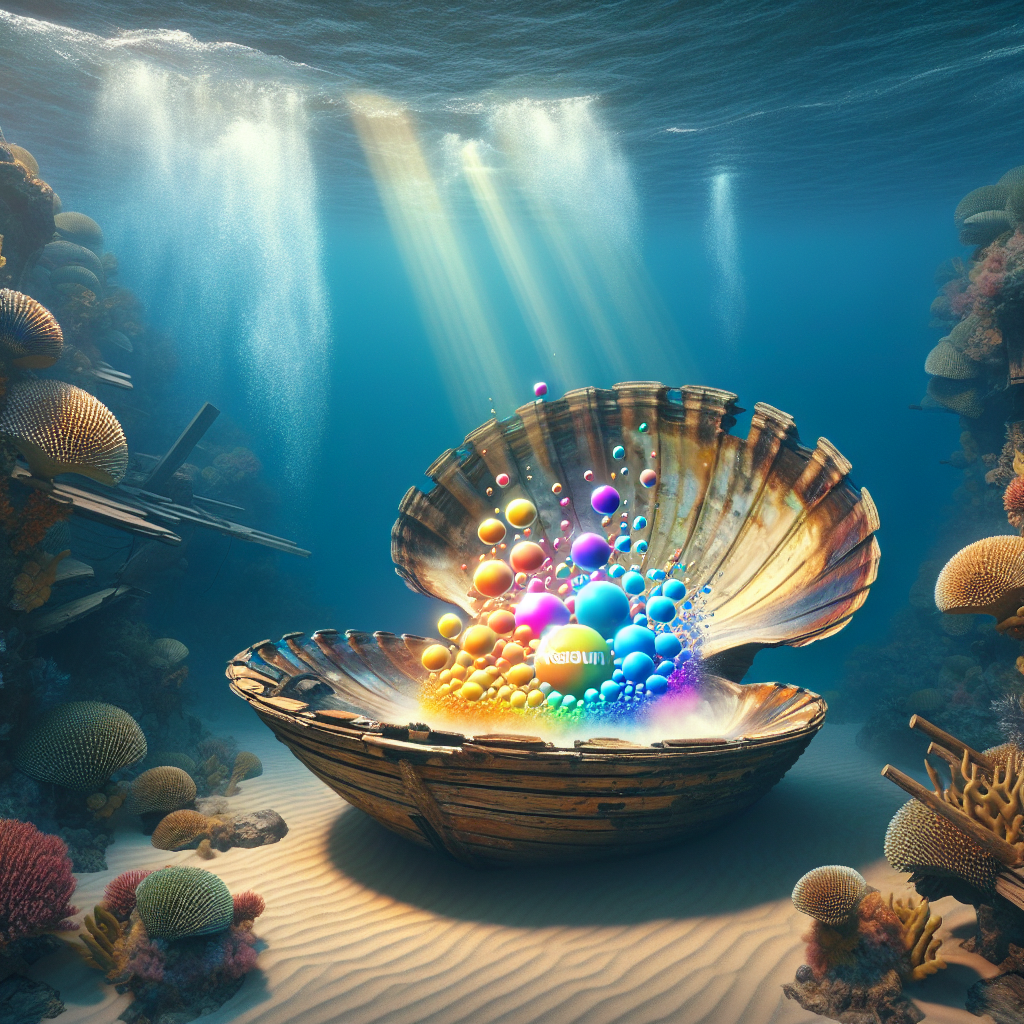However, today, this strategy holds more significance than ever before in our fast-paced world. With consumer preferences continually evolving and competition becoming fiercer, many brands find themselves in a position where they need to reinvent and revive their image.
Taking a look at the world of sports, the recent reports surrounding the Dallas Cowboys showcase a prime example of a brand in need of resurrection. Once a great American icon, the Cowboys have hit a rough patch, with questionable coaching hires leading to an unfortunate comparison with the less illustrious Jaguars. Similar to the tale of many brands, the Cowboys are currently facing the challenge of reclaiming their glory and reinstating their once powerful reputation.
In this context, it’s crucial for the Cowboys, and any brand in a similar position, to understand that brand resurrection is not merely about making cosmetic changes. Instead, it requires a complete understanding of why the brand lost its appeal in the first place. For the Cowboys, this could mean reassessing their leadership strategies and recruitment policies, aligning them with the expectations of today’s fans.

On the other hand, the world of video games provides an entirely different perspective of brand resurrection. Take the case of the Virtua Fighter 5: R.E.V.O. This video game series that pioneered 3D fighting games found a new lease on life with its recent introduction on PC.
With this move, the brand managed to resurrect itself, reaching out to a global community of diehard fighting game fans who were previously unable to connect and compete with each other.
In the case of Virtua Fighter 5: R.E.V.O., the brand effectively leveraged the power of modern technology to breathe new life into their offering.
By making the series accessible on PC, they tapped into a larger, more diverse audience, thereby resurrecting their brand.
What both these examples teach us about brand resurrection is that it’s not a one-size-fits-all strategy. Successful brand resurrection lies in understanding the unique challenges and opportunities presented to a brand and choosing a path that makes the most sense for its specific circumstances.
Whether it’s the Dallas Cowboys or Virtua Fighter 5: R.E.V.O., it’s clear that today’s brands have to be agile, adaptable, and audience-centric to navigate the tumultuous waters of brand resurrection. They have to stay true to their core while continuously innovating to meet the demands of the modern consumer.
In conclusion, brand resurrection is a delicate art that marries the old with the new. It’s about understanding what made a brand great, why it lost its way, and how it can reinvent itself to reclaim its glory. It is a journey that tests a brand’s resilience, but when done right, it allows the brand to emerge stronger, more relevant, and even more loved than before.